This year’s 24 Hours of Le Mans ended with a feelgood story that will generate plenty of publicity: Toyota finally taking its first victory in the endurance classic, with Fernando Alonso part of the winning line-up. But behind those headlines, the battle at the front of the field was hardly a classic.
Sure, the two works Toyota TS050 Hybrids battled for glory and traded places on multiple occasions, but this really was a two-horse race. Toyota was the only works team running a hybrid car in the top LMP1 division, and its competition consisted of privateer teams running non-hybrid cars. Without denigrating the efforts of those teams, they were in a different league.
That’s not intended to knock Toyota’s achievements either. Surviving Le Mans is never easy (remember when a technical problem sidelined Kazuki Nakajima’s leading Toyota in the final minutes of the race in 2016, gifting the win to Porsche?), and the firm also deserves credit for continuing to invest heavily despite having no rivals.
Le Mans 2018: Toyota and Alonso take first wins in endurance classic
The problem with the current LMP1 cars is that they're hugely expensive and complex. That was manageable when there were three manufacturers, but now that Audi and Porsche are gone, there simply aren’t any other firms prepared to invest in the machinery - especially for a category that only really gains wider attention beyond motorsport fans for one weekend per year.
In that context, it was good timing to reveal new rules for the top class of endurance racing from 2020 onwards the day before this year’s race. The new rules promise to slash costs by introducing strict aerodynamic and power controls yet still allowing manufacturers both considerable powertrain freedom and the ability to make cars that look like roadgoing models.
The new rules borrow from the success of both the LMP2 prototypes, which feature control parts and design elements to keep costs in check, and the GTE Pro class, which uses a Balance of Performance (BoP) system to ensure cars firms running a wide variety of machinery can fight for the win.

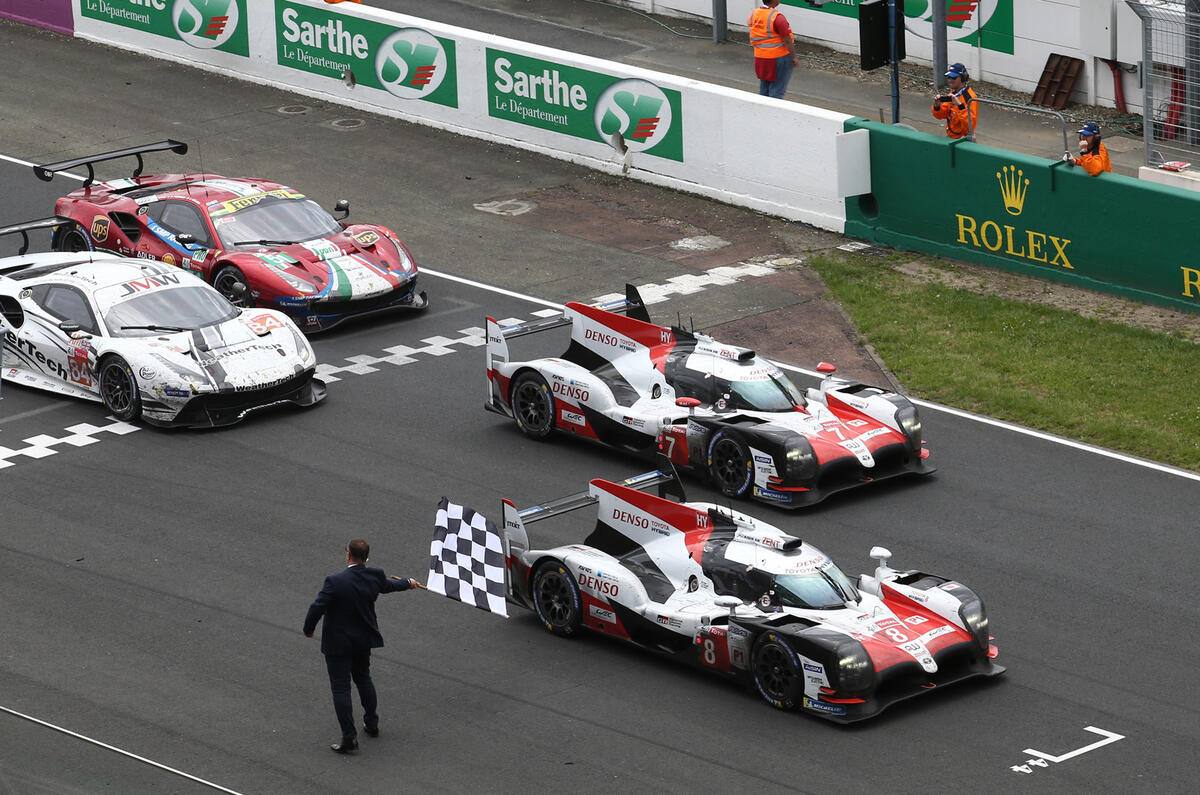
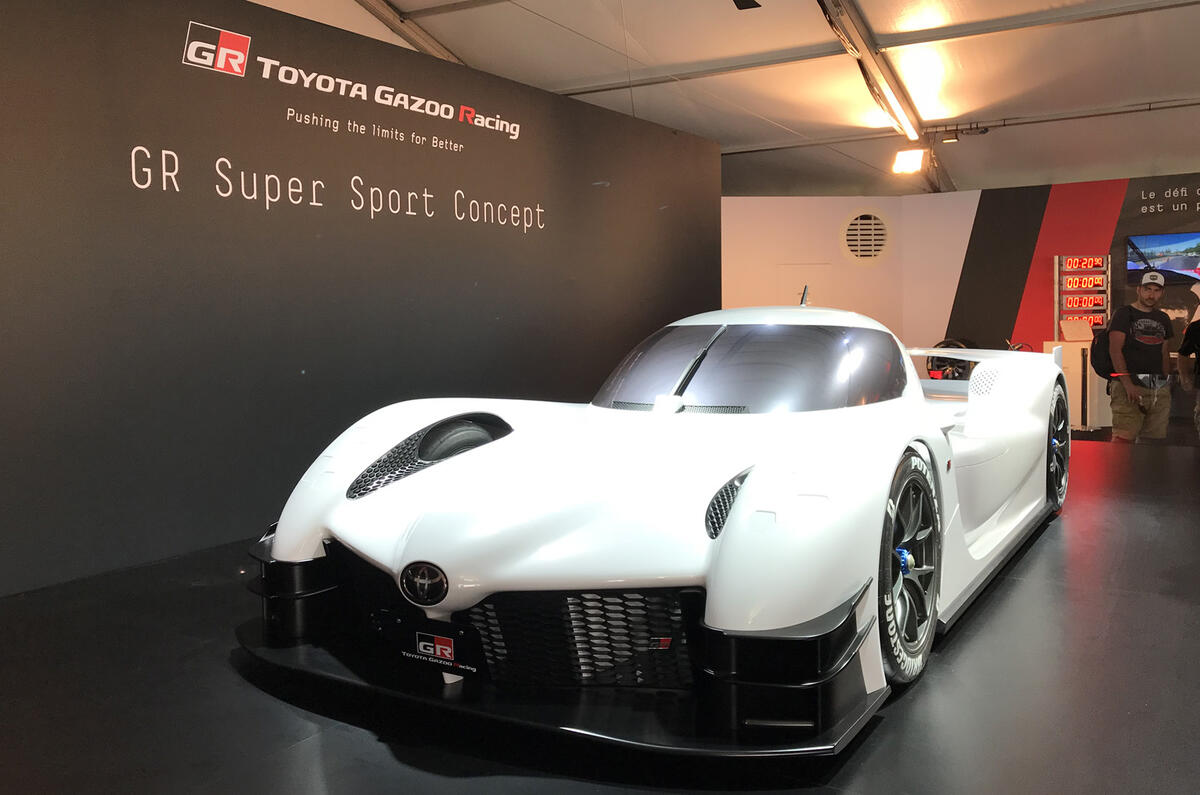
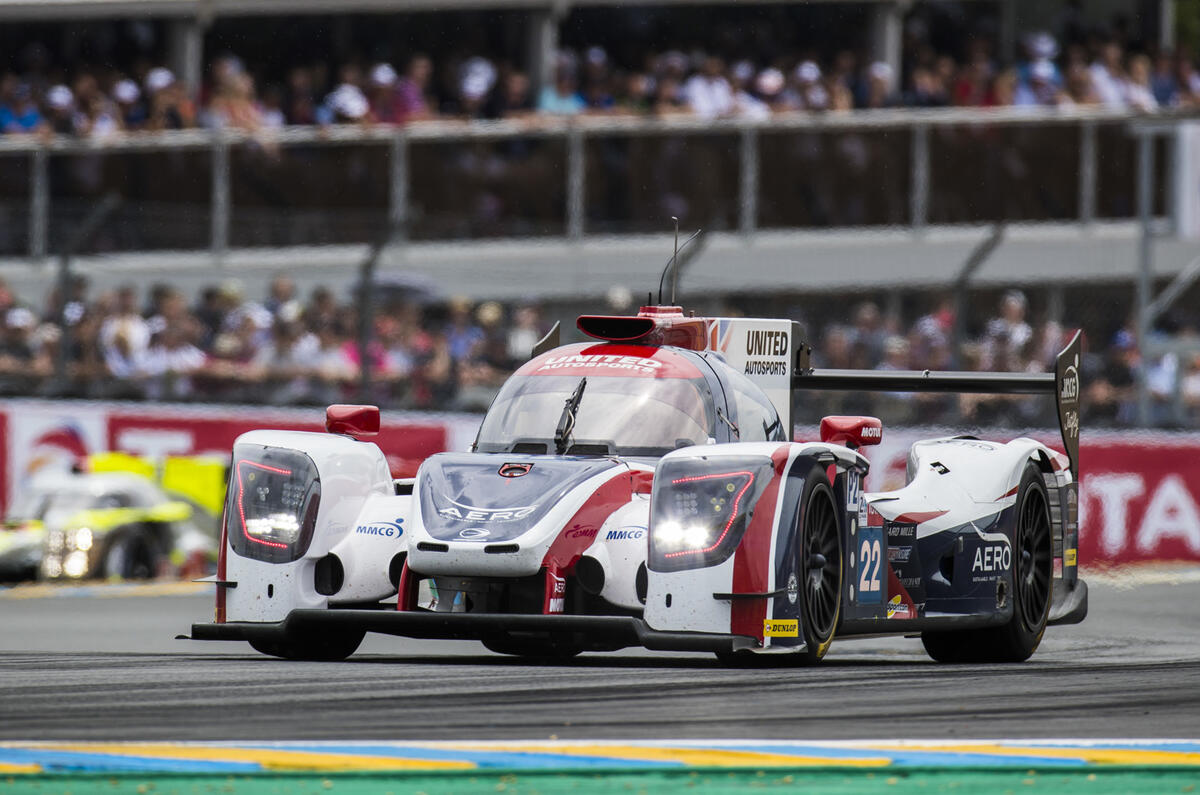
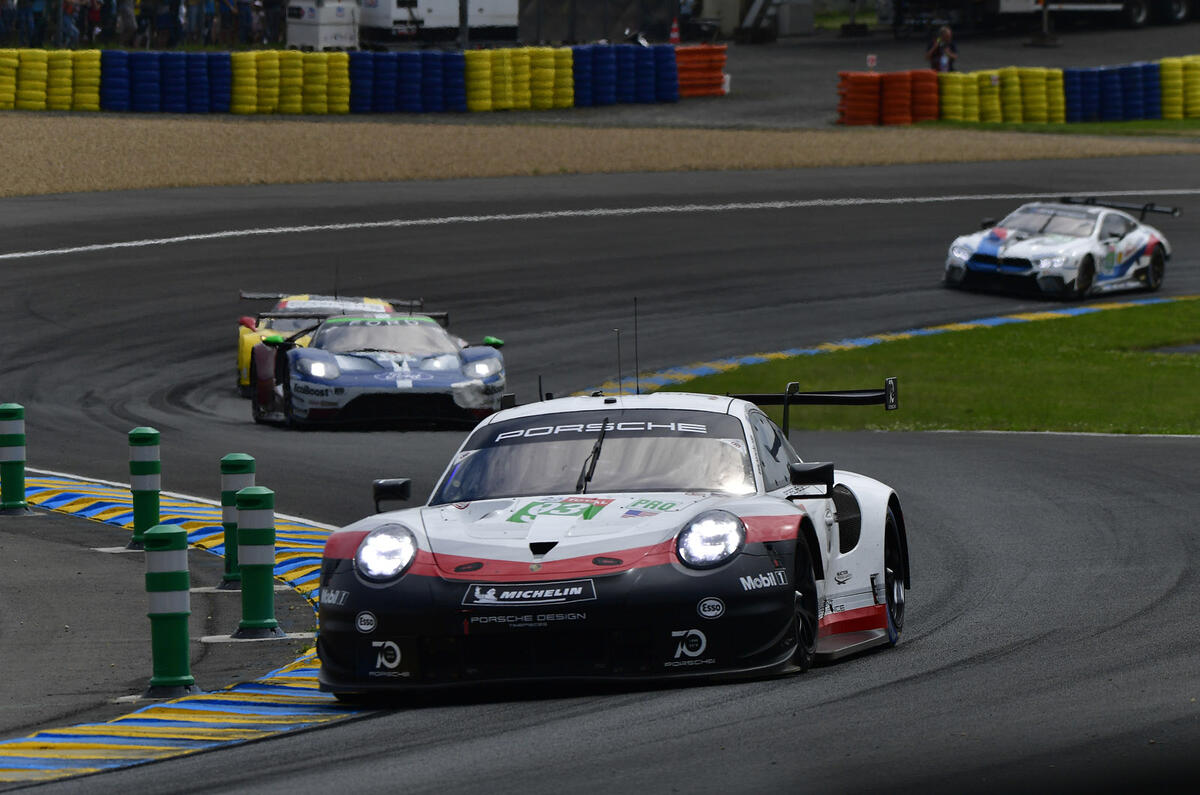





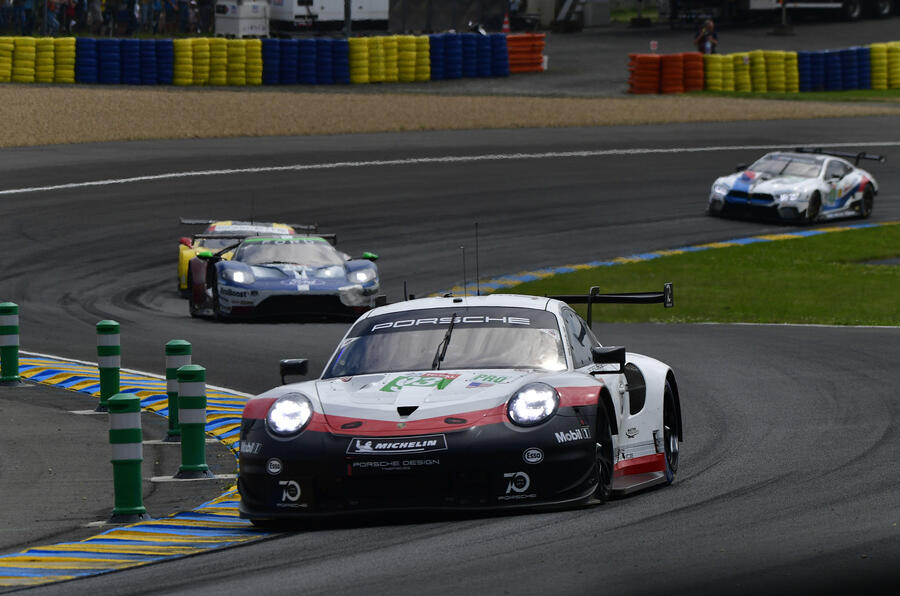
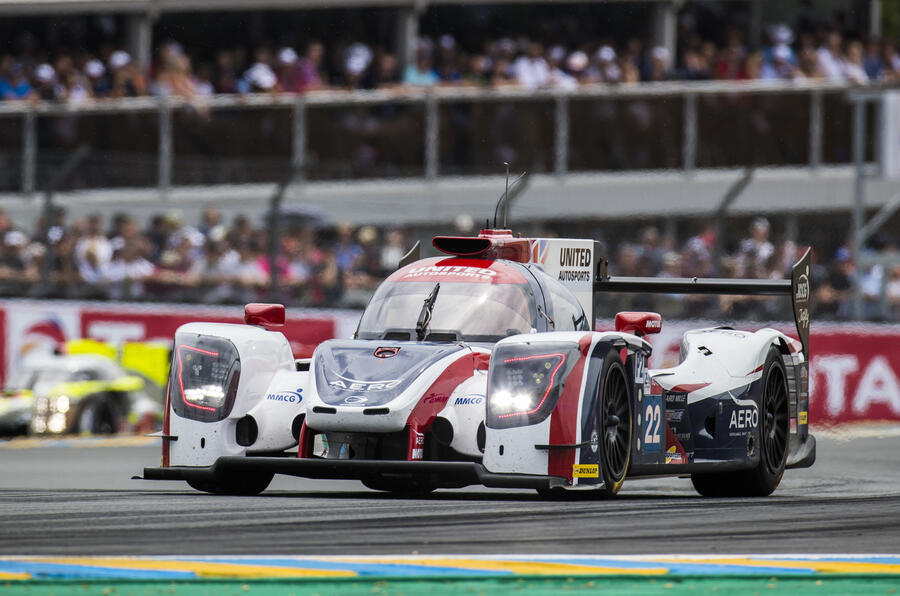
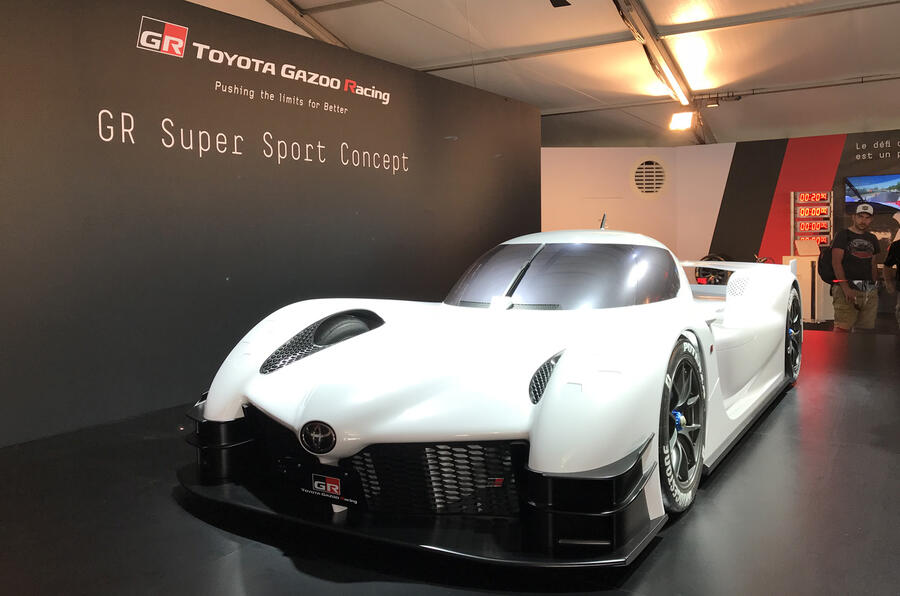







Join the debate
Add your comment
I'm not so sure
The concept seems to have been well received but I do have some doubts - not just about this proposal but the way the whole motor rcing industry is governed.
Bernie was very successful in convincing the world that F1 is the only thing that really matters and so hoovered up most of the loot around. Then the FIA decided that one-make formulas were the answer to everything. At a stroke that destroyed an entire industry - the small racing car manufacturer. Hell, if Lola & Reynard couldn't survive what chance was there for the likes of Van Dieman, Royale or Merlyn? What about Ginetta who have invested millions in developing an LMP1 only to discover that it's going to be obsolete asap.The days when a Bruce McLaren or Dan Gurney could get out a piece of paper and doodle a design are long gone, of course but I do wonder if this move by the ACO is another dagger to the heart of Ligier et al.
Cost cuts are coming to F1. That means job losses in the UK especially. It's difficult to see where those affected will find work going forward.
Haters Gonna Hate
But, if anything, reduce BoP or get rid of it altogether. If a brand has to relocate their engine to be competitive then they should go away and design a decent car if they want to go racing.
.
Would hypercar manufacturers like Aston Martin, Ferrari and McLaren etc really relish a formula which saw them facing the possibilty of being beaten on the world stage by the makers of the Aygo and Yaris?